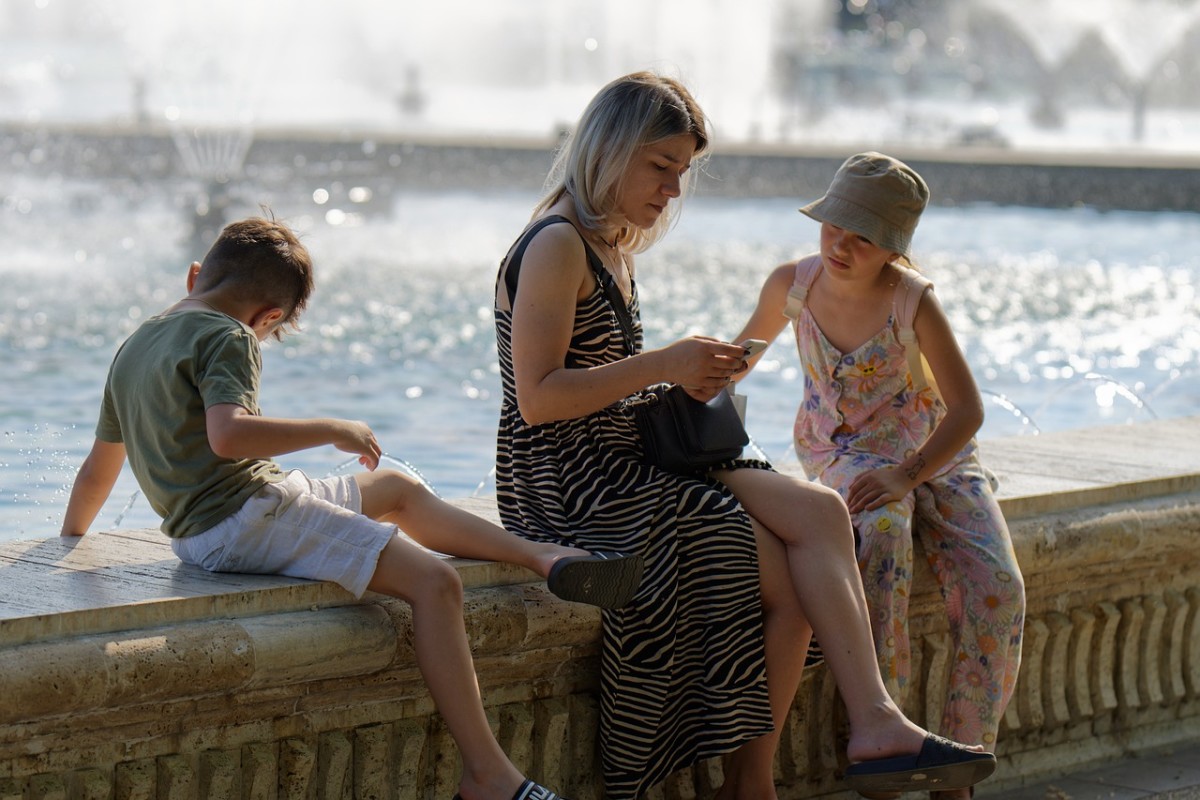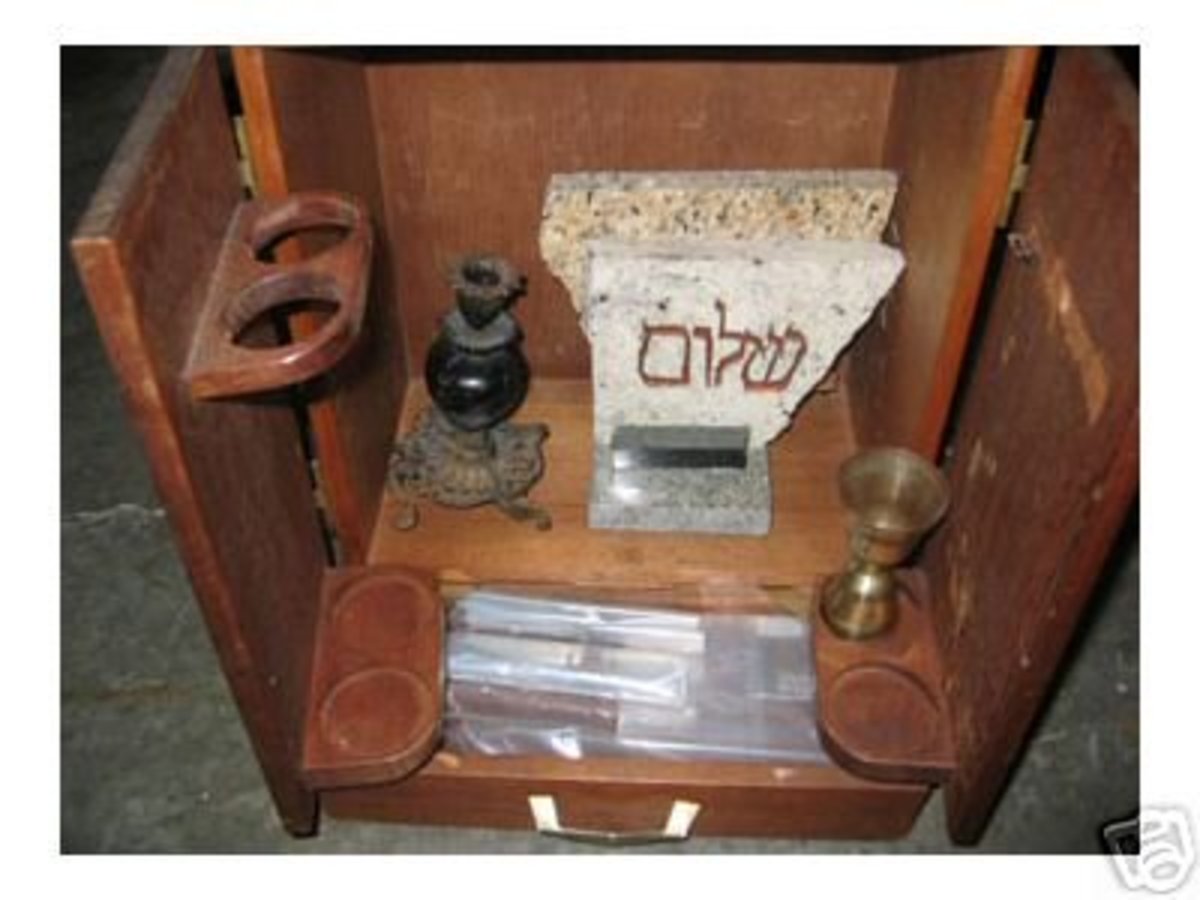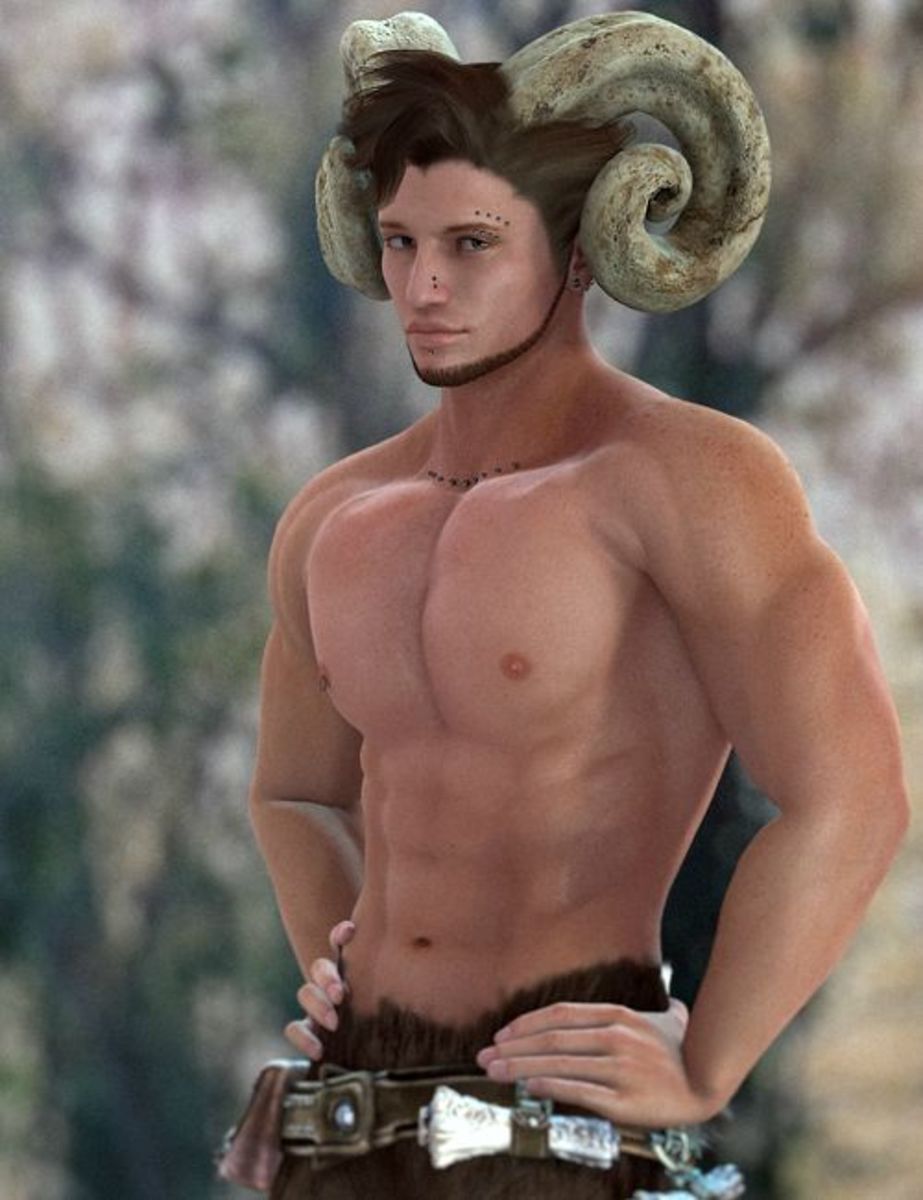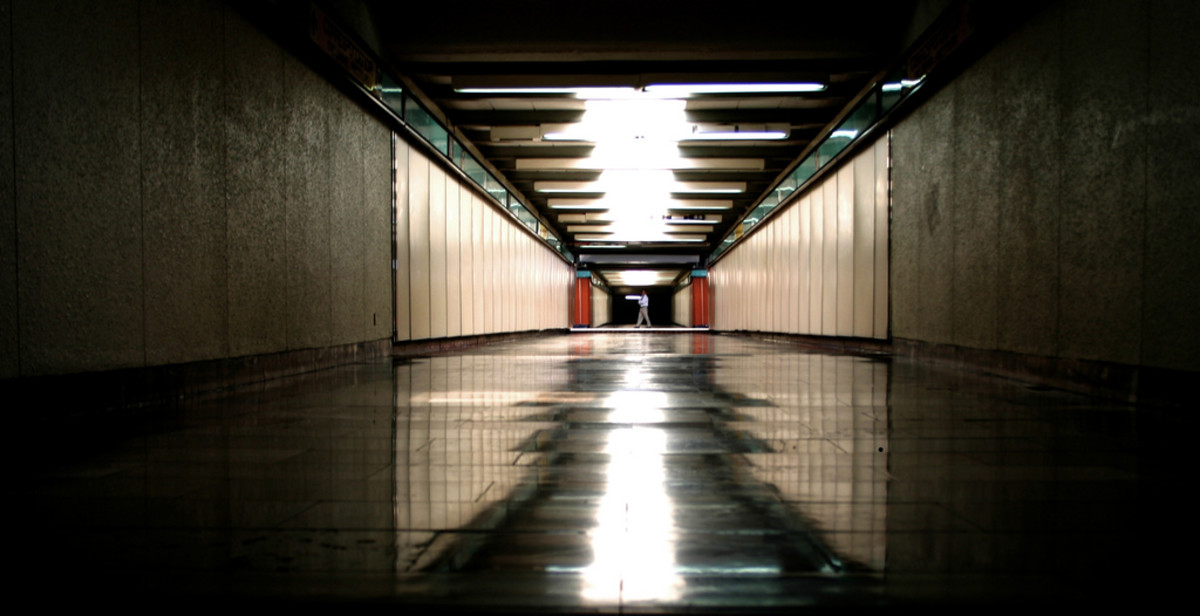- HubPages»
- Education and Science»
- Sociology & Anthropology»
- Folklore & Mythology
The Man Behind the Myth: The Legend of St. Nicholas

Childhood
In the third city in a village called Patara on the coast of modern-day southern Turkey, one of the greatest legends that is still relevant today was born. His name was Nicholas.
Even though he was born into a wealthy family, Nicholas's parents taught him the value of giving that comes with the Christian faith. When he was very young, both of them died from disease, and Nicholas gave his entire inheritance to the poor.
Man of God
Nicholas dedicated himself to God, and became the Bishop of Myra when he was still fairly young. He obtained a reputation for being generous to children, the poor, and sailors at sea.
He made a pilgrimage to the Holy Land to better understand Jesus's passions and beliefs. While there, he walked where Jesus did, hoping to understand his savior better. When he was returning home by sea, the ship was caught in a violent storm that threatened to sink them. While the sailors panicked, trying to keep the ship upright, Nicholas calmly got down on his knees and prayed until the wind and the sea was calm, and making the sailors awestruck.
But under Roman rule, Christians suffered. Nicholas was arrested by Roman Emperor Dioletian, who sought to destroy Christianity. Nicholas was imprisoned and exiled along with so many other bishops, priests, and deacons, there wasn't enough room in the prisons for the thieves and murderers.
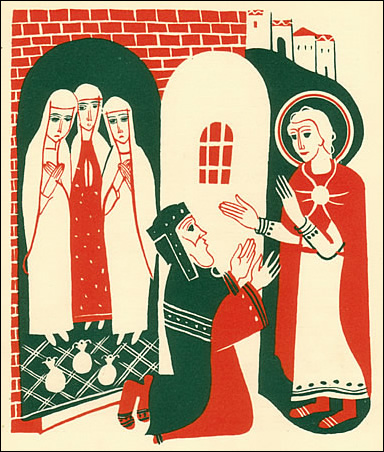
The Poor Man With Three Daughters
Once, there was a poor man with three daughters. Unfortunately the man was so poor, he was unable to provide dowries for his daughters, and because of that they were unlikely to marry. If they never married, the penniless girls were doomed to be sold into slavery. But on three separate occasions, bags of gold from Nicholas appeared in the poor man's house, when the girls needed the dowries, saving them from slavery. This led to the tradition of leaving stockings hanging at night for St. Nick to fill them.
Sometimes he leaves golden balls instead of bags of gold in the legend. Because of this, three golden balls, often depicted as oranges, is a symbol of St. Nick.
The Three Students
A little more brutal story is the Three Students. Three students were traveling to Athens to study theology when an evil innkeeper robbed them and murdered them, hiding their remains in a pickling tub. Bishop Nicholas happened to be traveling to Athens as well, and stayed in that very inn. That night, he dreamed of them being murdered, and he prayed for the three young men so hard that they came back to life, unharmed from the murder.
In France, the story is the same but it features three young children who were out playing when they got lost and then they were kidnapped by a butcher, who killed them. St. Nicholas appears and begs God to return them to their families on Earth, and he does so.
Bishop Nicholas's Death
Saint Nicholas died on December 6, A.D. 343 in Myra. He was buried in his Catholic church. In his grave, an edible substance called Manna formed and grew on his grave. This spurred the devotion to Saint Nicholas and the anniversary of his death became his holiday-- The Feast of Saint Nicholas.
After Death
Legends and stories about St. Nicholas's good doing continued to arrive, even after his death, like the one with the boy Basilios.
Long after St. Nicholas had died, the people in the town of Myra were celebrating him on the eve of the Feast of St.Nicholas when a band of pirates from Crete attacked. They robbed the church and snatched a young boy named Basilios to take as a slave. The ruler of Crete made Basilios his royal cup bearer because he did not understand the language and therefore wouldn't be able to spy. For a year Basilios brought him wine in a golden cup. Meanwhile, back in Myra, Basilios's mother was not partaking in the festivities for the feast of St. Nicholas one year after her son was taken from her. Instead she had a quiet observational at home filled with silent prayers for her son.
On the Feast of St. Nicholas, as Basilio was getting ready to bring his owner the cup of wine, he suddenly vanished. The ghost of St. Nicholas took him away, blessed him and then set him down in Myra, before his parents and still holding the king's golden cup.
St. Nicholas is now one of the most favorite of the saints. His grave in Myra has been a popular pilgrimage spot for centuries, and hundreds of churches have now been named after him with more than four hundred in England alone. He is the precursor to Santa Clause and Father Christmas and he is celebrated in over forty countries.
Sources
Who Is St. Nicholas. Saint Nicholas Center. http://www.stnicholascenter.org/pages/who-is-st-nicholas/





